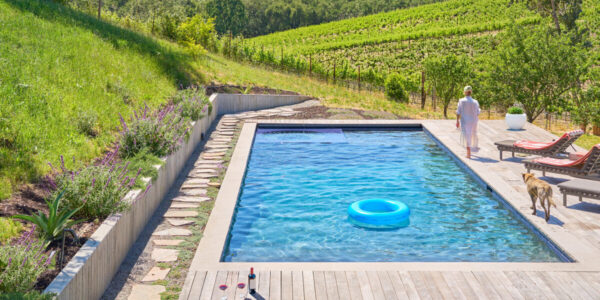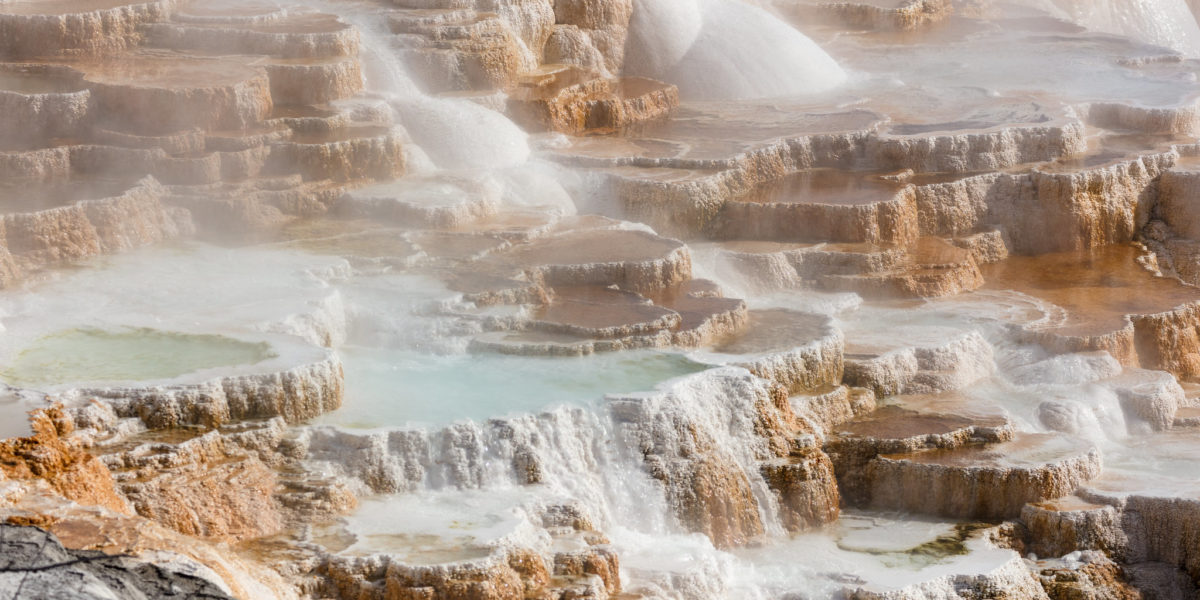
Record Crowds Are Flocking to Yellowstone. Follow These Rules for a Successful Trip
Accompanying the dramatic surge of national park visitors has been a spike of easily avoidable incidents.

NPS / Jacob W. Frank
Yellowstone National Park just set a record for its highest-ever number of visitors in August, according to National Park Service officials, a month in which America’s first national park welcomed a total of 921,844 people.
The attendance marked a 12% increase from August 2019 and surpassed the previous August record set during 2017, when scores of spectators vied for position in the path of totality of the full solar eclipse.
Accompanying the dramatic surge of national park visitors in the post-pandemic world, meanwhile, has been the inevitable spike of incidents courtesy of those who interpret the Park Service’s many warning signs as mere novelties.
“We think ‘a Yellowstone visitor’ is right up there with ‘Florida Man,’” the hosts of the We’re in the Rockies YouTube channel said in a video last December, referencing the interminable bounty of off-the-wall headlines emerging from the Sunshine State.
The hosts aren’t wrong. Look no further for outlandish examples than the man who tried to cook chicken in the park’s hydrothermal springs, the ever-growing list of people getting too close to easily-frazzled, 2,000-pound bison, or the animal experts who put a bison calf in their car because they thought a wild animal that has evolved over millions of years to comfortably exist in temperatures 40 degrees below zero was … cold.
I witnessed a handful of flagrant examples firsthand this past July as I meandered through excess crowds on geothermal boardwalks. Walkways were log-jammed by (extremely) extended families who paused every few seconds for selfies or to wait for Gam-Gam and Pop-Pop to catch up.
In one particularly staggering incident, I looked on as a father escorted his young son off of the designated boardwalks over hydrothermal grounds to explore.
Just to reiterate, the “ground in hydrothermal areas is fragile and thin, and there is scalding water just below the surface,” NPS officials wrote in the wake of a recent incident in that very vicinity. “Everyone must always remain on boardwalks and trails and exercise extreme caution around thermal features.”
Simple rules, right? Follow them.
The sights of my trip, plus the soaring visitor numbers that show no sign of letting up, make now as good a time as any to emphasize the most basic-yet-often-overlooked rules of the park. Here they are, courtesy of the Park Service:
- Never approach wildlife. “The animals in Yellowstone are wild and unpredictable,” the NPS site reads. “The safest (and often best) view of wildlife is from inside a car. Always stay at least 100 yards away from bears and wolves, and at least 25 yards away from all other animals, including bison and elk.” That means no selfies with bison. No one has getting gored on their 2021 to-do list. Let’s keep it that way.
- Never feed wildlife. If you’re following the rule above, you’re well on your way to success here, too. Still, the spike in visitor numbers has given rise to another issue: littering. Take out what you pack in and leave no trace. It benefits everyone. “Animals that become dependent on human food may become aggressive toward people and have to be killed. Keep all food, garbage, or other smelly items packed away when not in use.”
- Don’t hunt wildlife. Electronic equipment tracking wildlife is also prohibited. The parks are not here for your Instagram hunting clout.
- Stay on boardwalks and trails in thermal areas. Seems self-explanatory, and yet…
- Don’t swim in the hot springs. Not dissolving is ideal.
- Don’t throw anything in the thermal pools. They are not wishing wells for your love life.
- Don’t travel off-road by vehicle or bicycle. Park roads are there for a reason. Venturing off the beaten path inside a national park can do significant damage to plant life and ecosystems.
- Don’t remove natural or cultural resources like wildflowers, antlers, arrowheads, et cetera. As with the above rule, humans have a tendency to disturb the natural order of things. Let’s not.
- Don’t camp outside of designated areas. Campgrounds are there for a reason. If you want a change of scenery, go through the proper backcountry permit channels.
- Don’t use drones. The park prohibits them. Plus, you don’t want your expensive drone to get pummeled by a much more impressive avian predator.
- Don’t smoke in geyser basins, on trails, or within 25 feet of building entrances. Don’t be gross.
Want more information? Check out the National Park Service’s handy rules and regulations and best tips for planning ahead to ensure your trip is successful—and memorable—one.
